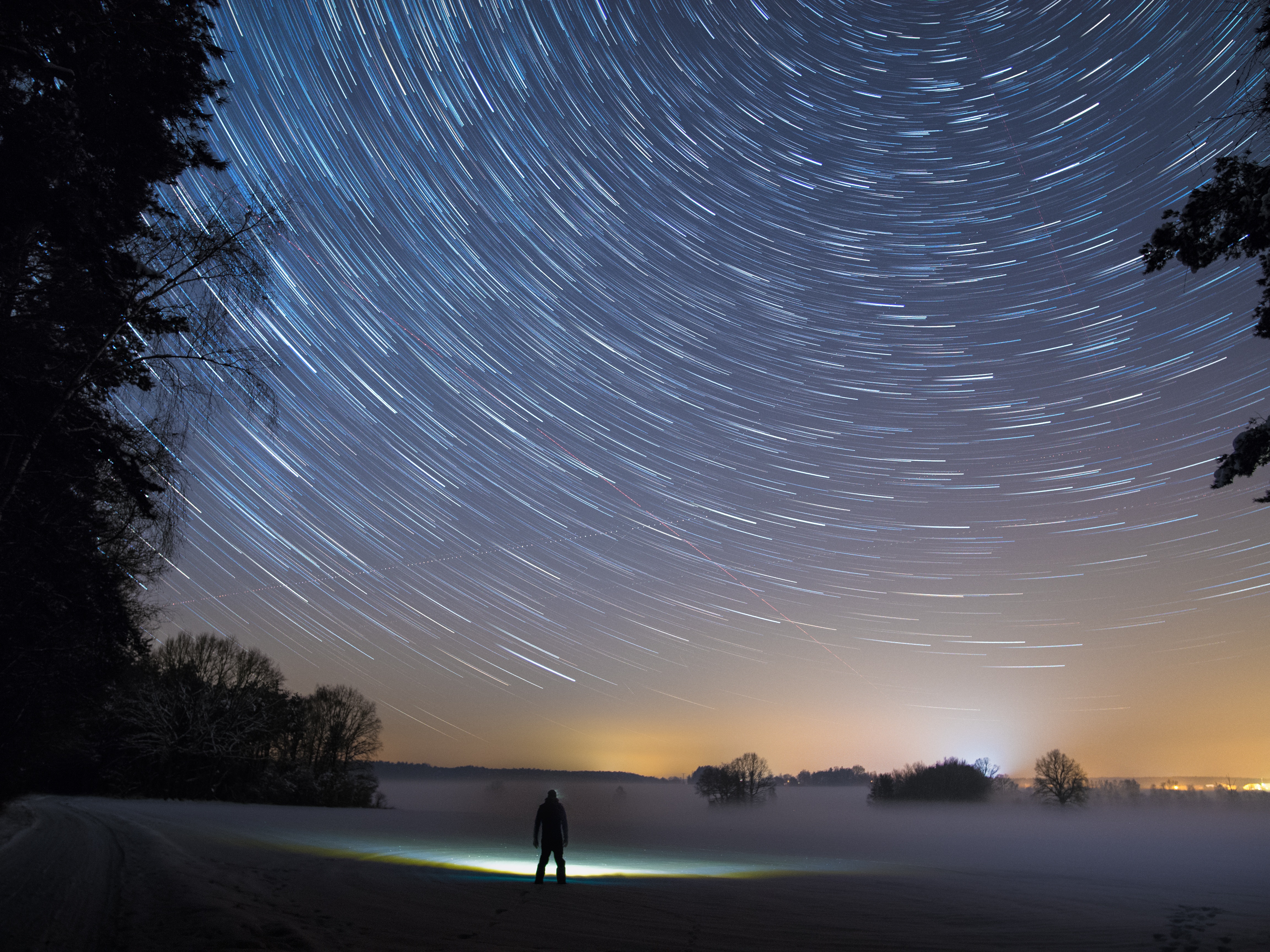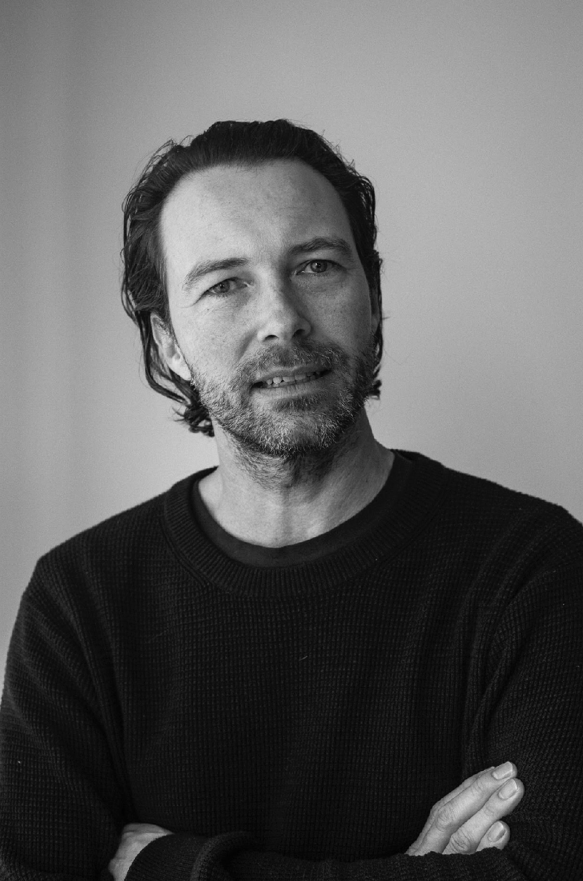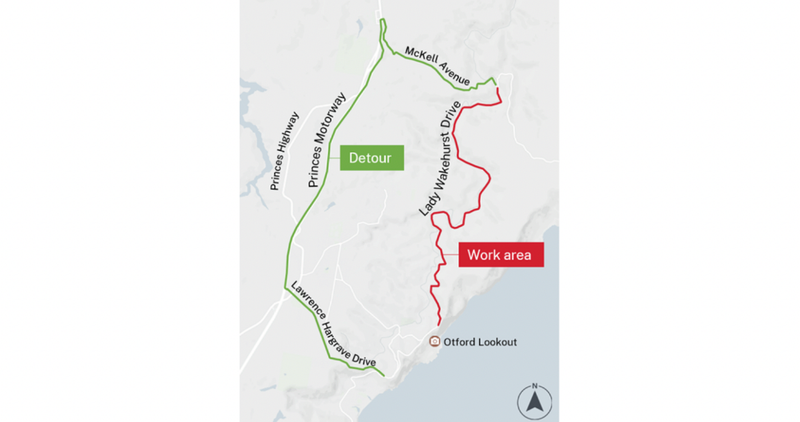Take steps, see stars
Recently I traversed the Six Foot Track – from Katoomba to Jenolan Caves – with some mates and on the first night on the trek, we slept out on the banks of the Coxs River and did some old-fashioned star-gazing. Even this close to Katoomba and...

Recently I traversed the Six Foot Track – from Katoomba to Jenolan Caves – with some mates and on the first night on the trek, we slept out on the banks of the Coxs River and did some old-fashioned star-gazing. Even this close to Katoomba and the light pollution of Sydney the difference between the urban night sky and the rural night sky was stark.
The Milky Way in all its glory lit up the sky like a cave full of glow worms. Shooting stars, satellites, planets and even the international space station were all so bright and easily identified thanks to a stargazing app on one of my comrades’ phones. These were all completely overwhelmed when the full moon rose above the escarpment line and flooded the valley in a luminescent light.
Most of you would have seen the images of the Earth from space (on the night-time side) and seen how bright our cities actually are all the way up there above the atmosphere.
Whilst urban lighting is important for safety reasons, such as on roads and in urban parks, it is having a negative impact on many parts of the Earth’s natural cycles.
One example of this is on breeding beaches where sea turtles lay their eggs. The baby turtles use the brightness of the moon to navigate their way to the ocean, but as our urban lit areas encroach onto these beaches, the turtles get confused between the lights of man and that of the moon. This results in many of them dying on roads and not finding the ocean.
With the ever-increasing world population and associated urban growth occurring around the world, this problem is getting worse. Lucky there’s a band of international stargazers looking at conserving the dark sanctuaries of the sky.
One of the best terrestrial location for dark sanctuaries is Tasmania.
Being so remote and only having relative small urban centres, Tasmania boasts some of the best stargazing sites in the world (when it’s not raining!). Dark Sky Tasmania is an organisation working towards dark sky conservation and awareness. They are proposing a permanent sanctuary in parts of Tasmania such that they never get light pollution.
They also offer guidance on what we can do at home to reduce light pollution. Smart outdoor lighting tips include simple fixes like choosing lights that are fully shielded (i.e. pointing downward). Visit www.darkskytasmania.org
The point here is that we are changing our planet beyond its natural state and, whilst we can’t turn back time like Cher, it is critical to our future to save at least some portions of the night sky so we can look upon them and wonder just like our ancestors did. There are more stars in the universe than there are grains of sand on earth!
If you would like to find your closest dark site and also see how light pollution spreads, go to https://darksitefinder.com/map/





